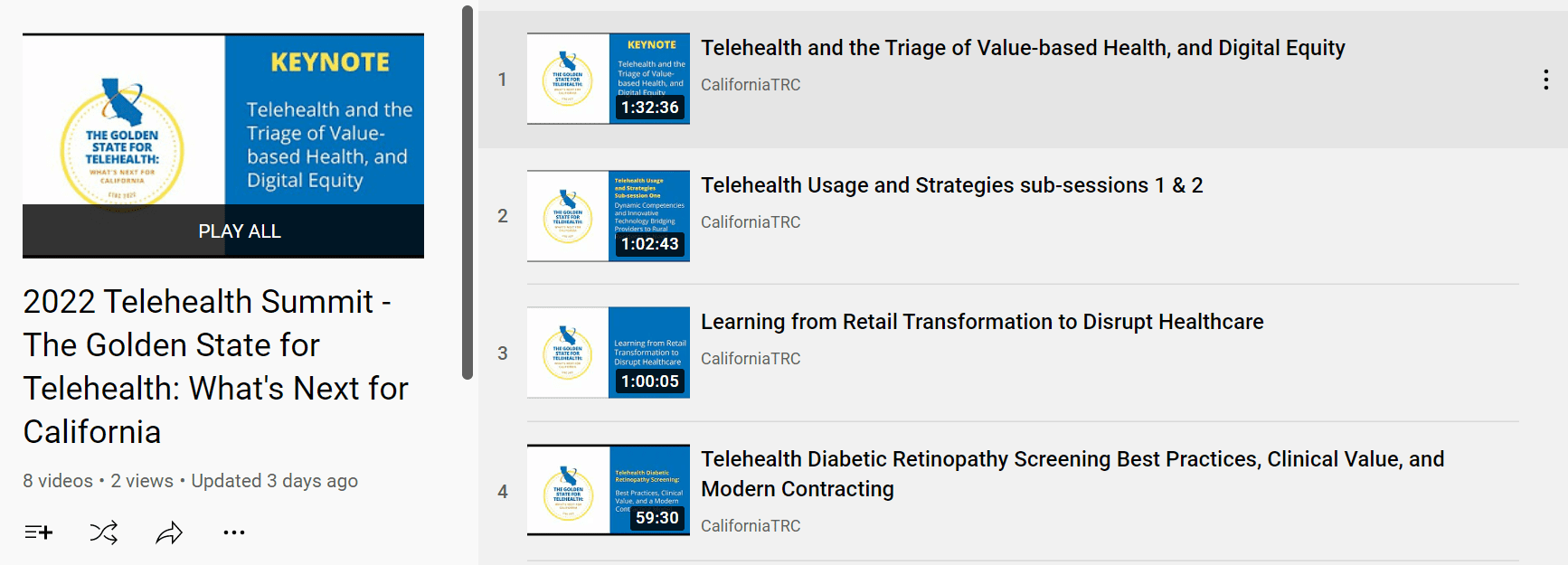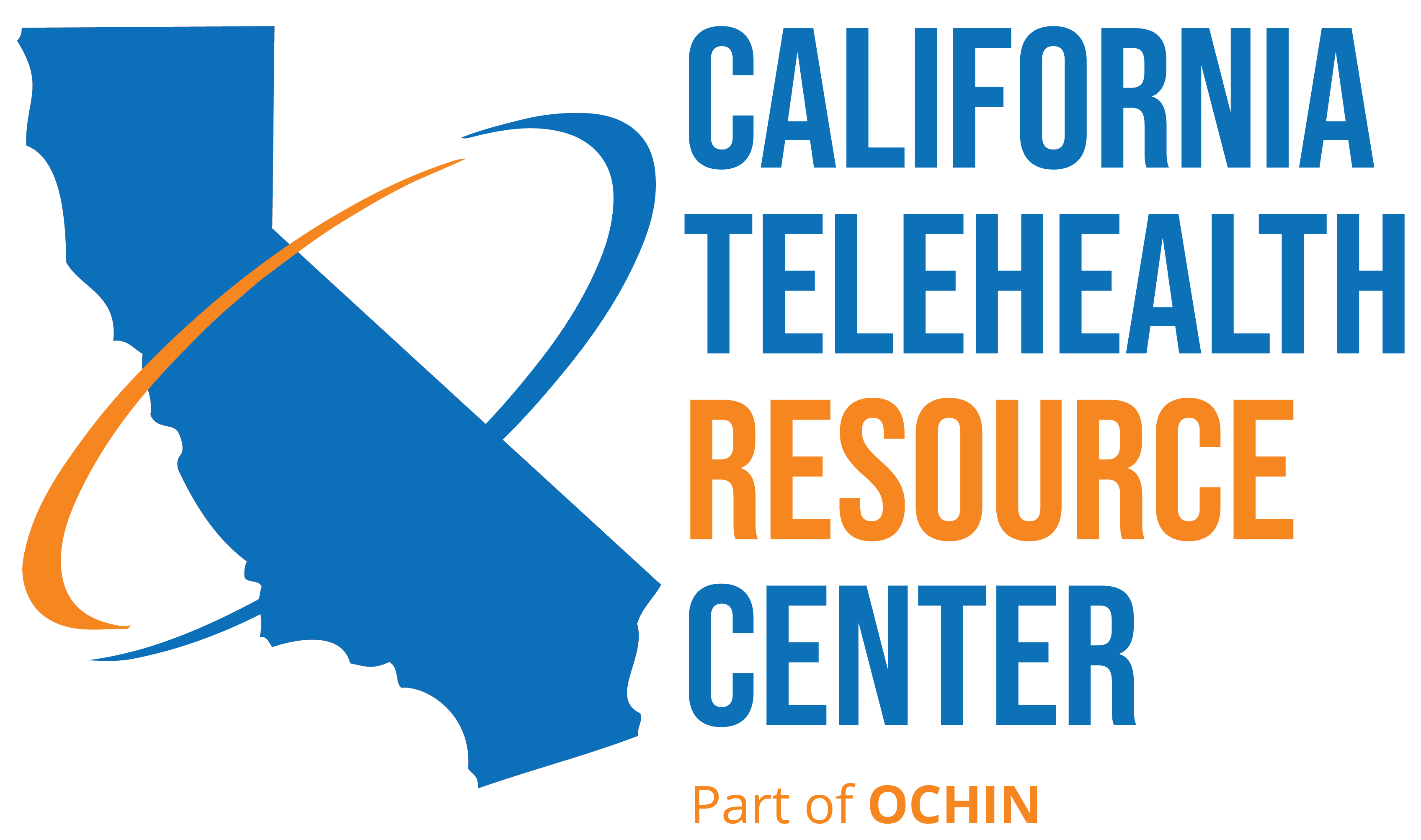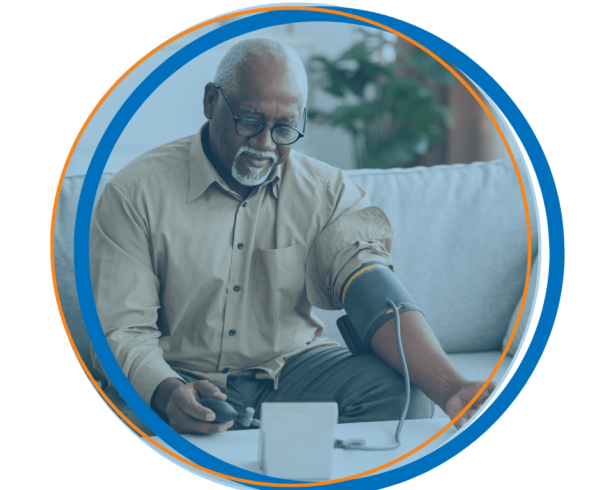Reflecting on The Golden State of Telehealth: What’s Next for California
The California Telehealth Resource Center (CTRC) understands the larger health care delivery system and works closely with community organizations, corporate and industry leaders, and policymakers to develop an environment that will support the continued expansion and optimization of telemedicine and telehealth. We facilitate conversation, encourage learning, engage with communities, share powerful stories, and partner with like-minded organizations to explore meaningful new approaches. We give California providers access to evidence-based practices and leading-edge solutions—so they can grow and innovate with confidence as the industry evolves.
One of our most popular opportunities for telehealth education and industry networking is the annual CTRC Telehealth Summit. Since its inception in 2012, this highly anticipated and widely endorsed event has evolved into the premier telehealth industry conference in California, offering attendees a chance to:
- Obtain the latest industry insights and best practices from leading experts
- Connect with peers in similar roles with varied years of telehealth experience
- Engage in peer-to-peer learning through facilitated group discussions
- Learn proven telehealth program strategies and optimal delivery methods
- See how other health centers have developed successful and sustainable virtual care programs
- Explore new solutions and technology advancements with event sponsors
With 240 total attendees, over nine hours of telehealth content, and many scholarships provided by our generous sponsors; this year’s summit was a resounding success! The event’s myriad of speakers covered a number of topics – ranging from telehealth in specialty practices to telehealth law.
If you were unable to attend, you can view recordings of the conference here.

On day one of the summit, attendees heard from Senior Fellow of Governance Studies and Director of the Center for Technology Innovation Dr. Nicol Turner Lee about why closing the digital divide matters. The event continued with two sub-sessions on telehealth usage and strategies with the Clinical Assistant and Virginia Engler Professor of Management at West Texas A&M University Dr. Jillian R. Williamson Yarbrough and Lead Healthcare Consultant at JopeConnect Ellie Lopez. After a quick break for lunch, the summit continued with “Learning from Retail Transformation to Disrupt Healthcare,” a presentation by Chief Digital Health Officer & Associate Professor of Psychiatry, Clinical Nursing, and Data Science at the University of Rochester Medical Center Michael Hasselberg. Following Dr. Hasselberg’s informative session was “Telehealth Diabetic Retinopathy Screening: Best Practices, Clinical Value, and a Modern Contracting Model,” presented by Clinic Outreach Specialist for UC Berkeley Digital Health Mark Sherstinsky, and Chief of Telehealth and Associate Clinical Professor for UC Berkeley Digital Health Harry Green.


Finally, the day came to a close with peer-to-peer chats, giving attendees the opportunity to speak directly with our guest speakers, ask questions, and make connections.
Day two of the summit was kicked off by American Medical Association President, Jack Resneck Jr., MD. His presentation on the innovation and advancement of telehealth provided illuminating insights into expanding access to care through telehealth, how the Covid-19 pandemic impacted telehealth, and much more.


The day continued with “Making Telehealth Work: Insights from the California Safety Net,” a presentation by Evaluation and Research Associate at the Center for Community Health and Evaluation Natasha Arora and Senior Policy Researcher for RAND Lori Uscher-Pines. Before breaking for lunch, attendees enjoyed two sub-sessions on specialty programs in telehealth. The first, presented by the Medical Director of the TeleNICU at the SSM Health Cardinal Glennon Children’s Hospital Ayoob Ali, covered the scope of tele-neonatology services to support neonatology consultation. The second, “Student-led Telehealth Initiative Provides Free Medical Care to the Southeast Los Angeles Communities of Maywood and Bell,” was presented by Founder and CEO of the International Collegiate Health Initiative (ICHI), Ahmad Elhaija.


Founder and CEO of the International Collegiate Health Initiative (ICHI), Ahmad Elhaija (center) with a group of health professionals.
The Golden State for Telehealth: What’s Next for California concluded with “Staying Connected and Ensuring Access for Patients Post COVID-19 – Federal and California Laws and Policy,” a specialty law panel comprised of telehealth and law experts alike. Participants were able to ask detailed legislative questions, allowing them to better understand the plethora of rules surrounding telehealth in California and beyond.
As we reflect on the summit, we compiled some notable observations and learnings:
- Virtual Conferences Work. With the highly interactive Whova event platform, attendees were able to network, ask questions, answer polls, and more! We reported high levels of attendee engagement, with 40 different discussion topics posted and 269 total community board messages, and 326 private messages.
- Profit isn’t the First Priority. CTRC’s objective for the summit was never about profits, therefore, we believe our attendees received a much better experience. By keeping our registration costs reasonable, we were able to increase the accessibility of our information.
- Scholarships Are a Necessity. CTRC always strives to further health equity and thanks to donations from our generous sponsors, those who were unable to pay the registration fee were still able to attend.
- There is Always Room to Grow. Although the summit was successful and well rated by attendees, we recognize that there is always room for improvement. Thankfully, our team was able to collect valuable feedback from attendees which we will utilize when planning next year’s event.
Finally, we would like to thank our generous sponsors: Spectrum Enterprise, Anthem Blue Cross, the California Health Care Foundation, and Foley & Lardner LLC.
We hope you join us next year!





